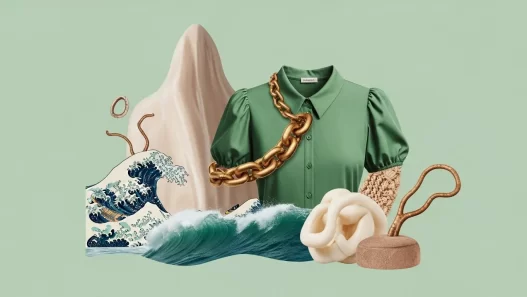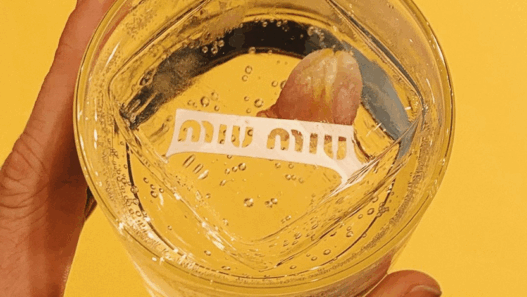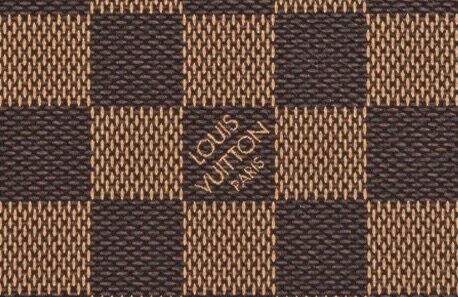“Flowers in the city are like lipstick on a woman — it just makes you look better to have a little colour.”
-Former First Lady, Lady Bird Johnson
Globally, the beauty sector is worth $532 billion. With a 20 percent stake, the U.S. is the world’s largest beauty market, followed by China (13 percent) and Japan (8 percent), and it is expected to expand at a compound annual rate of 5 percent to 7 percent until it reaches or exceeds $800 billion by 2025, according to the majorityb of estimates.[1] Lipstick has been the favourite beauty product of women since decades. French perfumers created the first commercially available lipstick in 1884 and the product was marketed in paper tubes and tiny pots instead of metal or plastic tubes available at this period for the sale of lipstick.[2] Each brand has its own unique packaging, allowing consumers to readily identify the product owner.
LIPSTICK BRINGS 3D TRADEMARKS BACK TO LIFE
French cosmetics and perfume brand Guerlain has won a legal battle against the European Union Intellectual Property Office (EUIPO) and their Board of Appeal, which refused to register the three-dimensional packaging of the lipstick.[3] The grounds for refusal were the lack of significant identity in comparison to the products that have already been registered. When it comes to lipstick cases, can the form of the case alone be used to determine the product’s origin? These were among the issues raised by Guerlain in connection with their Rouge G de Guerlain lipstick package.
First, the court held that the distinctive character of the product should not be assessed on the basis of originality or the lack of use of the mark in the field to which the goods and services concerned belong. But, the uniqueness of the shape is not sufficient to establish the individuality of the product. A certain industry like the cosmetics has a broad variety of product shapes, and a new potential shape may not be regarded as one of them.
Second, the court ruled that just because certain items, such as the refillable lipstick cases, have a high-quality design but it does not indicate that their 3D shape can be recognised from other commodities on the market. The aesthetic aspect of a mark should be considered, but not the attractiveness of the product. Instead, it should be used to determine if the product is capable of generating an objective and uncommon visual effect among the relevant public, thereby differentiating it from other products.
Aesthetic assessment of uniqueness is focused with determining whether that product is capable of creating an objective and unusual visual impression in the perception of the relevant audience or not. The shape of the Guerlain’s lipstick is comparable to a boat hull or a baby carriage, as opposed to the cylindrical shapes typically encountered in the product market. The surface markings of the product are unusual, and the functionality is based on the fact that the Guerlain mark would not be able to stand upright. Such characteristics help in making the mark unique, and thus the General Court determined that the form of the Guerlain mark would be distinguished by the customers in lipstick industry, and should be registered.
PROTECTION OF LIPSTICKS UNDER INTELLECTUAL PROPERTY RIGHTS
The life of falsifiers has been made simpler by the growing digitalization of the retail industry. Due to the fact that internet shopping removes the customer’s ability to check the products, as well as the availability of generic photos on every search engine, it’s no surprise that counterfeit beauty products are popping up on rogue websites, as well as eBay and social media platforms. An issue that persists in this sector is beauty looks that are copied without giving credit to the original source. Diet Prada, for example, called out two editorial beauty looks worn by Rihanna in a magazine earlier this year, alleging that the two makeup artists and creative teams had plagiarised styles from their colleagues.[4] Derived from a 2014 concept for an Allure magazine feature, Diet Prada believes Rihanna’s silver glitter-coated eyes, lips, and tongue were plagiarised. Face-altering filters introduced by Snapchat a few years ago were inspired by the work of freelance make-up artists. There was more to these filters than simply aesthetic appearances. A close examination of the Instagram accounts belonging to the makeup artists revealed that they were in reality perfect copies of complex works of art.[5]
The lipstick industry is protected by a variety of intellectual property rights including Patents, design patents or industrial design, trademarks, copyright, and unfair competition or passing off. Beauty products are under threat from a glut of similar or copycat items also known as beauty dupes. Soon after Christian Louboutin launched their bullet shaped lipstick, a number of colours that seem eerily similar but cost considerably less appear on random social media websites. The problem with these items is that, while customers may not be misled as to their origin and a passing off action is doubtful, these dupes will be taking unfair advantage of a well-known brand’s product, which is not exactly fair to the original company. Louboutin filed action in the Guangzhou IP Court, alleging that the Chinese company had copied and sold Louboutin’s lipstick packaging. Guangzhou Wentan Trading Co. was ordered to cease production of the lipsticks immediately after the preliminary injunction was granted.[6]
The unfair advantage of a mark might exist without showing confusion or injury to the essential function of the mark. However, the right to protect against lookalikes based on design is still a cornerstone of Intellectual property law. When the look of a design concerning a brand has been stolen, copyright protection gives companies another option to explore. A beauty business may have difficulty proving that one of its goods satisfies this criterion in practise, thus copyright protection may be restricted to packaging designs. Copies tend to focus on an item’s look as opposed to its contents. As long as the brand owner develops and produces its own formulas, it is vital to guarantee that they are protected against infringement. It is vital to ensure that confidentiality agreements are in place at every phase of the development and production process if they are not patented (many formulas are not patentable due to a lack of innovation or inventiveness). A breach of contract will result in contractual remedies.
CONCLUSION
Copyright and trademark protection are available for cosmetics brand logos and packaging, as well as patent protection for functional or non-obvious packaging, formulations, and production techniques. Other options include keeping product compositions and production processes a closely held secret. The success of the cosmetics industry depends on brand recognition and consumer loyalty, therefore they must safeguard their intellectual property and enforce their IP rights against counterfeiters and rivals.
References:-
[1] Pamela N. Danziger, 6 Trends Shaping The Future Of The $532B Beauty Business, Forbes (Sep 1, 2019,10:56am) https://www.forbes.com/sites/pamdanziger/2019/09/01/6-trends-shaping-the-future-of-the-532b-beauty-business/?sh=6056b13b588d
[2] Colleen Welsch, Royalty, Prostitutes, Witches & Movie Stars: The History of Red Lipstick, Axiology (Nov 20, 2017) https://axiologybeauty.com/blogs/our-blog/royalty-prostitutes-witches-movie-stars-the-history-of-red-lipstick
[3] Guerlain v EUIPO, Case T-488/20
[4] Official Instagram page of Diet Prada, Instagram https://www.instagram.com/diet_prada/
[5] Gabrielle Noone, Snapchat Might Be Stealing Its Filter Ideas From Makeup Artists, The Cut (June 20, 2016) https://www.thecut.com/2016/06/snapchat-steals-filter-ideas-from-makeup-artists.html
[6] Christian Louboutin V. Guangzhou Wentan Trading Limited & Guangzhou Beilingfei Cosmetics Co., Ltd. & Guangzhou Oumu Biological Technology Co. Ltd. [Guangzhou Intellectual Property Court (2016)

















